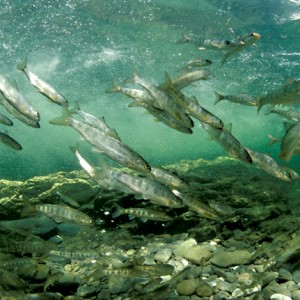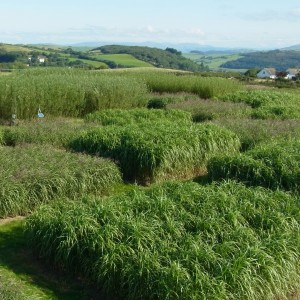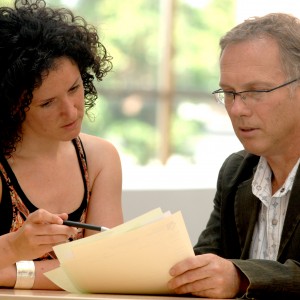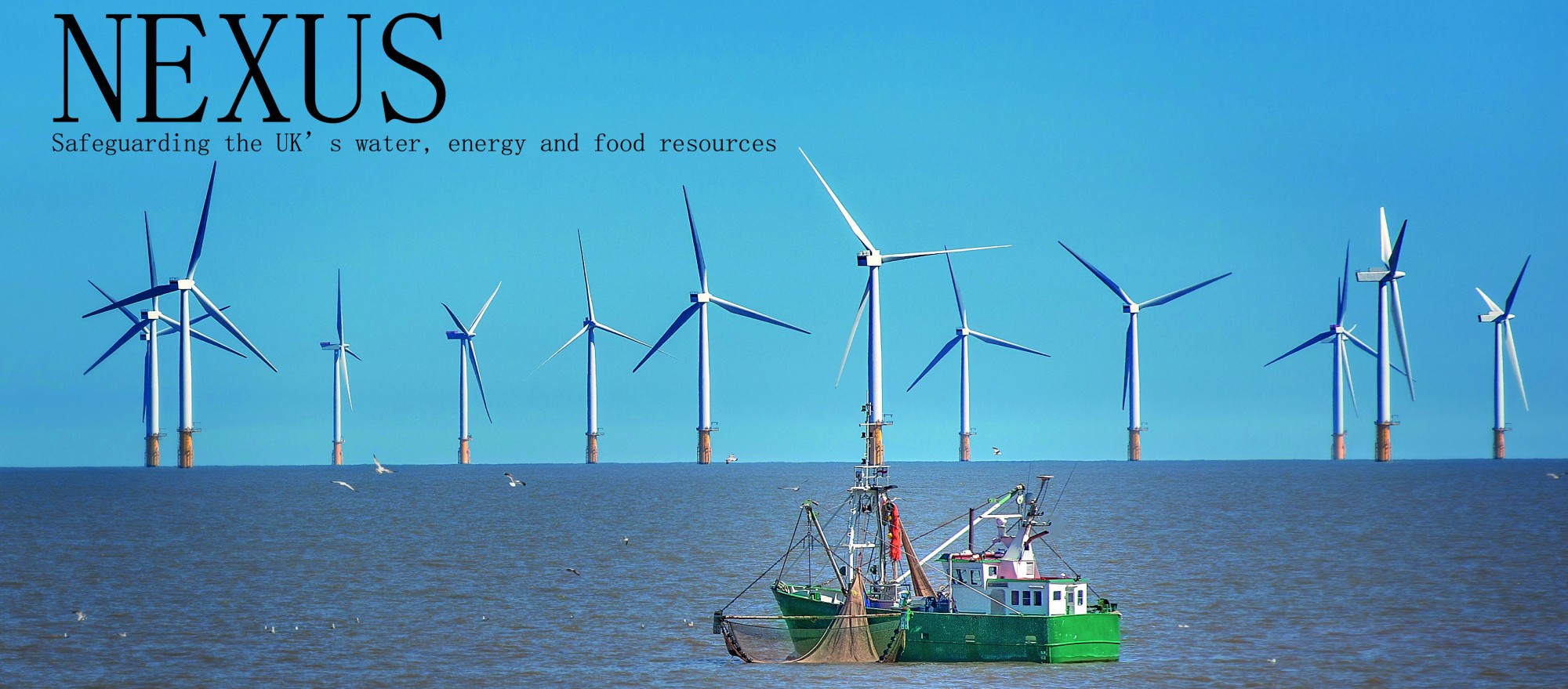 Protecting fisheries through sustainable energy and water infrastructure planning
Protecting fisheries through sustainable energy and water infrastructure planning
This WP will quantify the response of animals that form the basis of marine Food resources (finfish and shellfish) to the shocks associated with development of electricity (Energy) generating infrastructure (e.g. power stations, small-scale river hydropower, marine turbines) that uses vast amounts of Water to do so. By taking a reductionist approach to return to fundamental first principles shocks will be experimentally induced at a fine scale by altering hydrodynamics. Data on aquatic organism response to hydrodynamic conditions encountered at infrastructure will inform an integrated agent based model (ABM) to predict the response of the food resource to alternative infrastructure projects at large scales. A planning decision support tool created will enhance resilience of the system by reducing or mitigating (absorbing) future shocks. The PDRAs will work closely with colleagues at participating institutions and through integration activities of WP3.
 Modelling agriculture response to flooding and drought
Modelling agriculture response to flooding and drought
WP2 will develop and implement a coupled modelling framework of agricultural landscape response to climate ‘shocks’, focusing on the rich historical events and responses in Somerset Levels. Activities will consist of controlled laboratory experiments, field monitoring and numerical modelling, focusing on the interaction between soil, water and agricultural landscape change given climate ‘shocks’. Miscanthus, a bioenergy crop with the biggest planting area in the UK, will be used in landscape change scenarios. Miscanthus is a plausible alternative to traditional crops in Somerset due to its flood-prone nature. Laboratory experiments will evaluate: (i) the impact of ‘shocks’ on different varieties of perennial bioenergy grass, Miscanthus; (ii) the soil rehabilitation potential of Miscanthus following shocks; and (iii) the projected yield potential on flood-prone land. The impact of flooding on soil nutrition, microbial communities and their recovery rates will be monitored with the use of novel microbial biosensors. Field monitoring will provide soil physical and chemical properties corresponding to wet and dry conditions (continuous depth measurements using wireless sensors) at multiple sites on flood-prone agricultural land. Numerical modelling of hydrological and hydraulic processes will be integrated with crop growth models, parameterized by the empirical rules of soil, water and crop interaction, derived from experimental studies and existing literature. A scenario-based modelling framework of agricultural landscape response to climate ‘shocks’ will be developed, incorporating plausible adaptation and intervention measures (e.g. dredging, tidal barrier, return to natural wetland) within a dynamic and evolving agricultural landscape (e.g. changing crop types and soil properties). A decision support tool will be developed to implement the framework through controlled ‘shocks’ and scenario-based ‘adaptations’ for system ‘vaccination’. Scenario-based results of impacts will be integrated in WP3.
 Integrating socio-economics with Nexus related policy and management
Integrating socio-economics with Nexus related policy and management
WP3 focuses on linking and synthesizing the project’s analysis to ensure its translation to relevant stakeholders, while also delivering econometric and social scientific modelled analysis. The package will connect: a) modelling and analysis between different project partners, and b) the modelling development and analysis from WP1-2 with key stakeholders and institutions. WP3 will coordinate the dissemination of the project’s results, and maintain all project partners updated. Social science-based modelling will be integrated with the other WPs by providing econometric models to assess institutional learning, scale effects and social barriers in response to ‘shocks’. This will highlight whether shocks have had (historical data), are having (live cases), and might have (scenario data) an impact on institutional resilience to crises.
